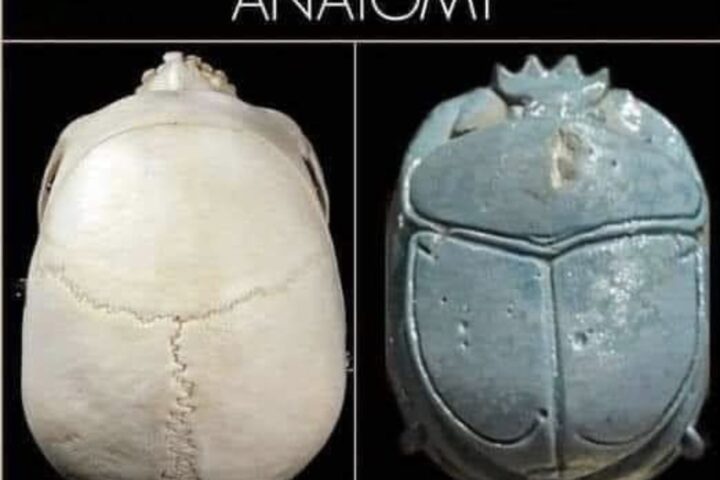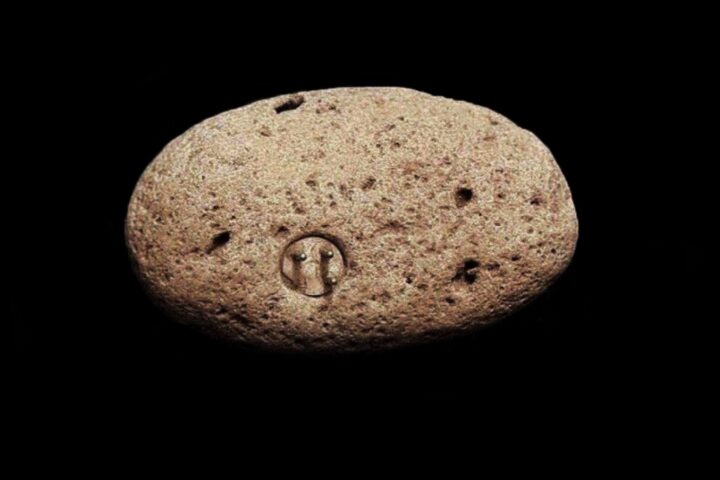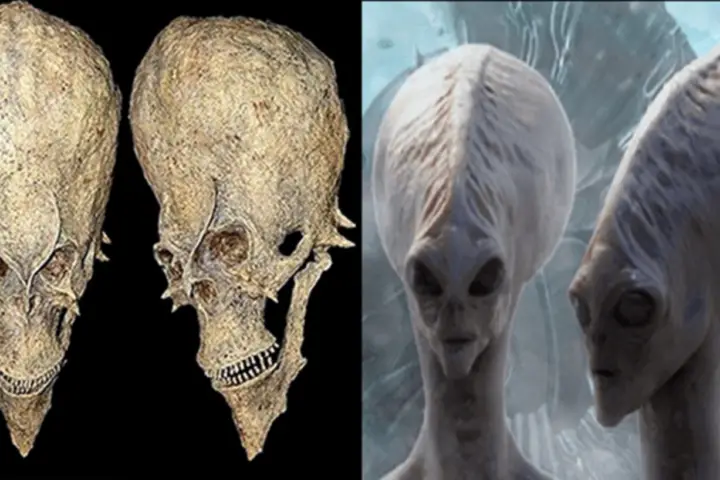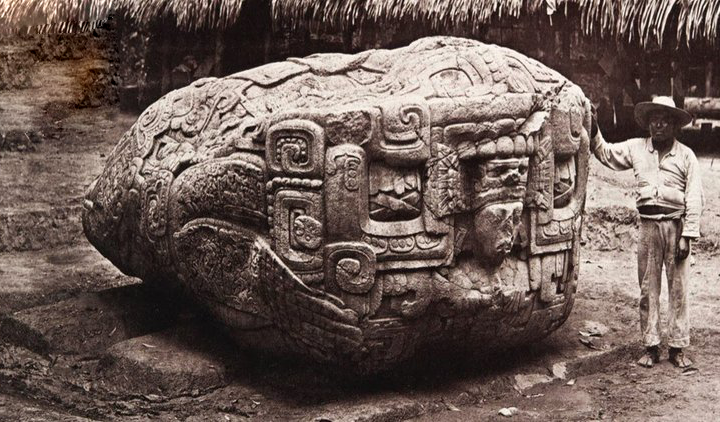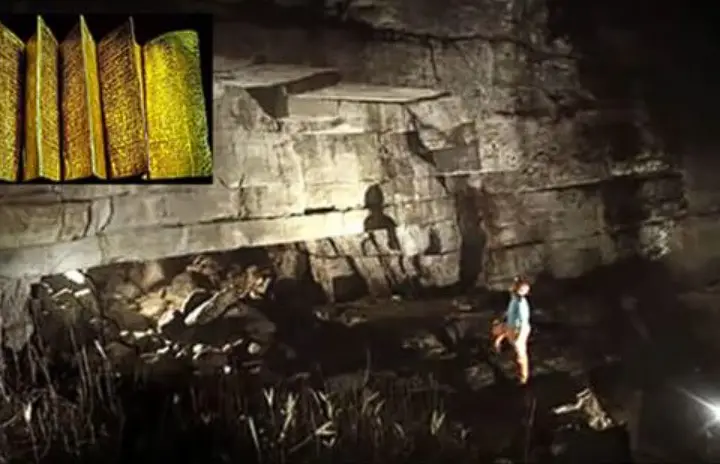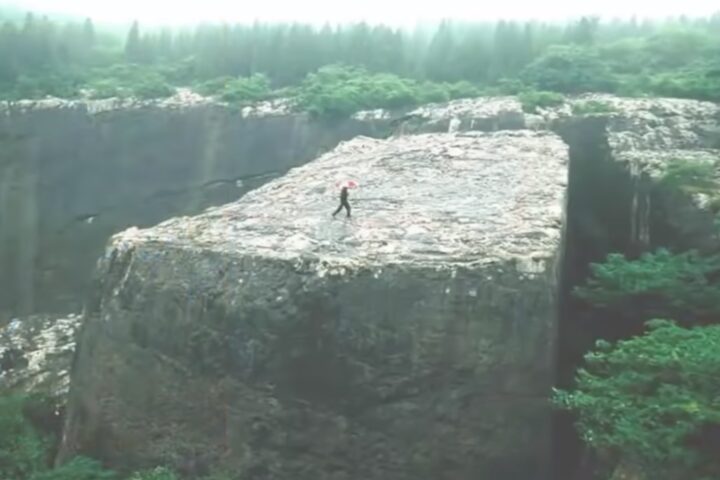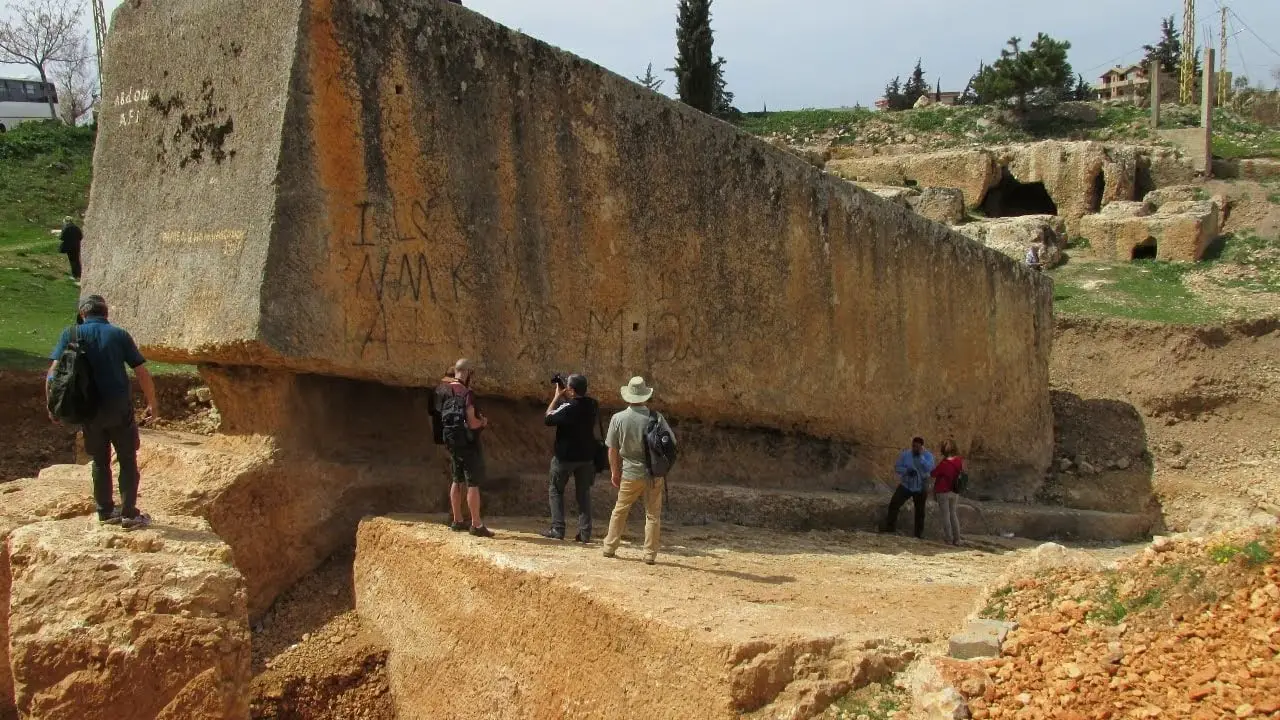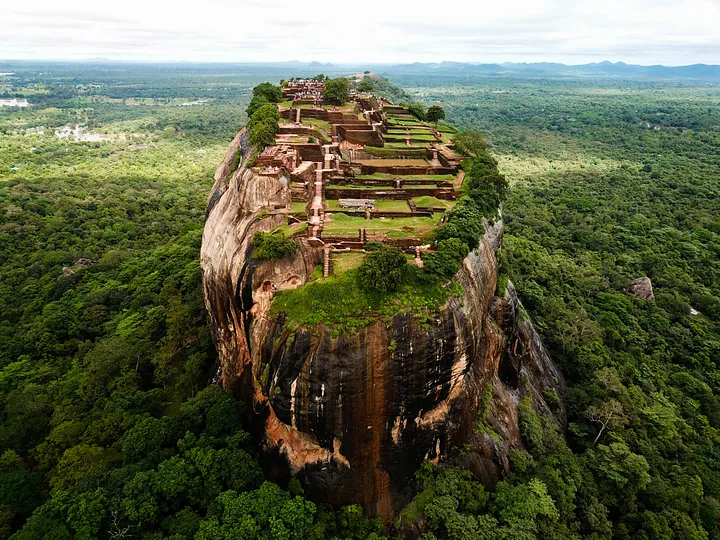Introduction: In 1985, a groundbreaking discovery was made in Karakol Village, Russia: a 5,000-year-old burial site adorned with multicolored rock paintings. This remarkable find marked the first instance of polychrome rock art in Siberia, offering a vibrant glimpse into the region’s prehistoric culture.
The Discovery of the Burial Site: Archaeologists were astounded to uncover the pristine burial, which revealed not only human remains but also stone slabs used as walls, each intricately painted in an array of colors.

Significance of the Polychrome Art: The polychrome paintings are a rare example of early artistic expression in Siberia, showcasing the advanced artistic skills of the region’s ancient inhabitants. These colorful depictions provide valuable insights into the symbolic and cultural practices of the time.

Cultural Implications: This discovery sheds light on the spiritual beliefs and practices of prehistoric Siberians. The art’s complexity and style suggest a sophisticated understanding of both artistic techniques and the natural world.
Conclusion: The polychrome rock paintings of Karakol Village stand as a testament to the rich and colorful history of Siberia’s ancient civilizations, reminding us of the enduring power of human creativity.


